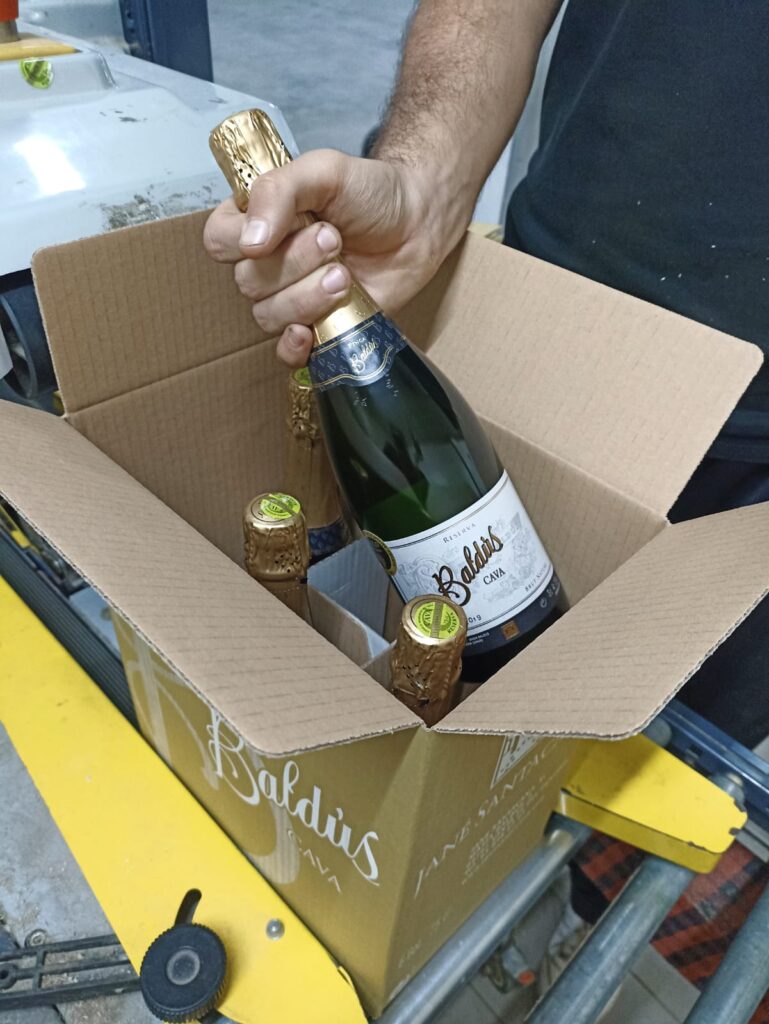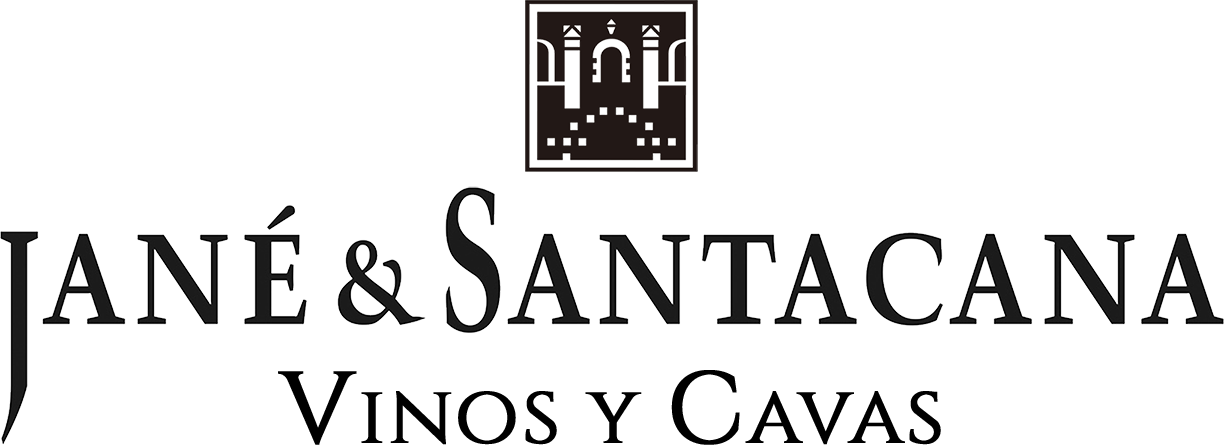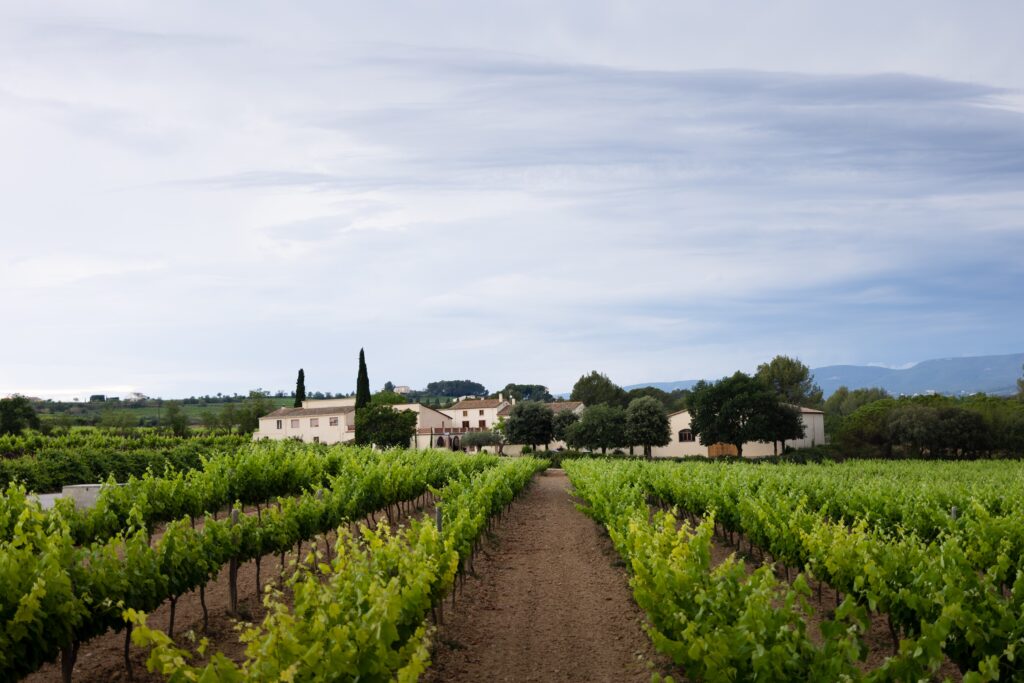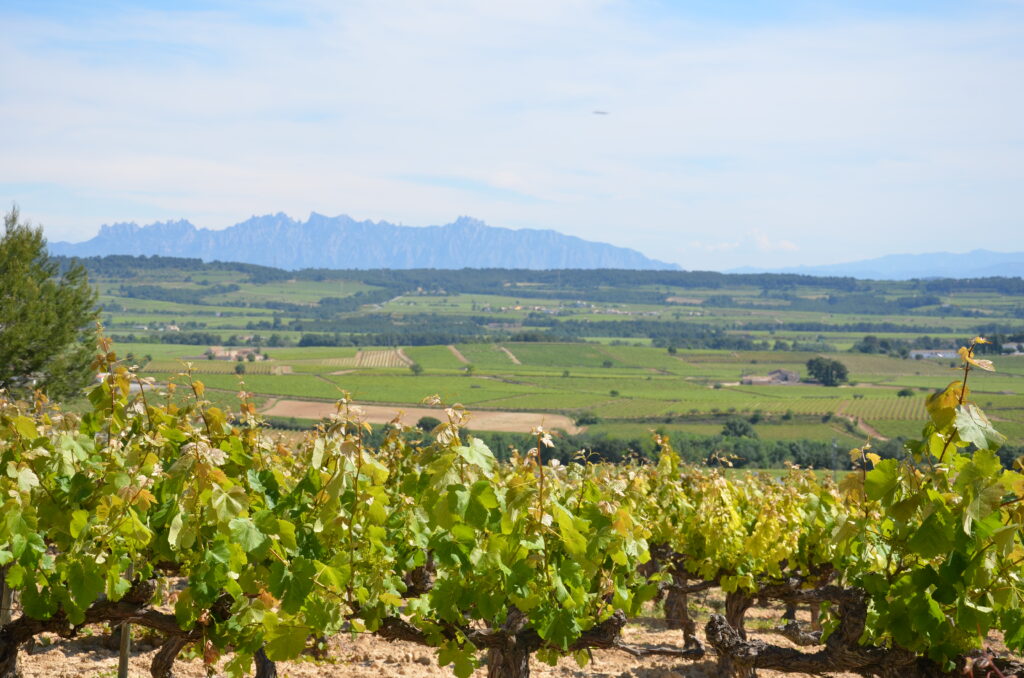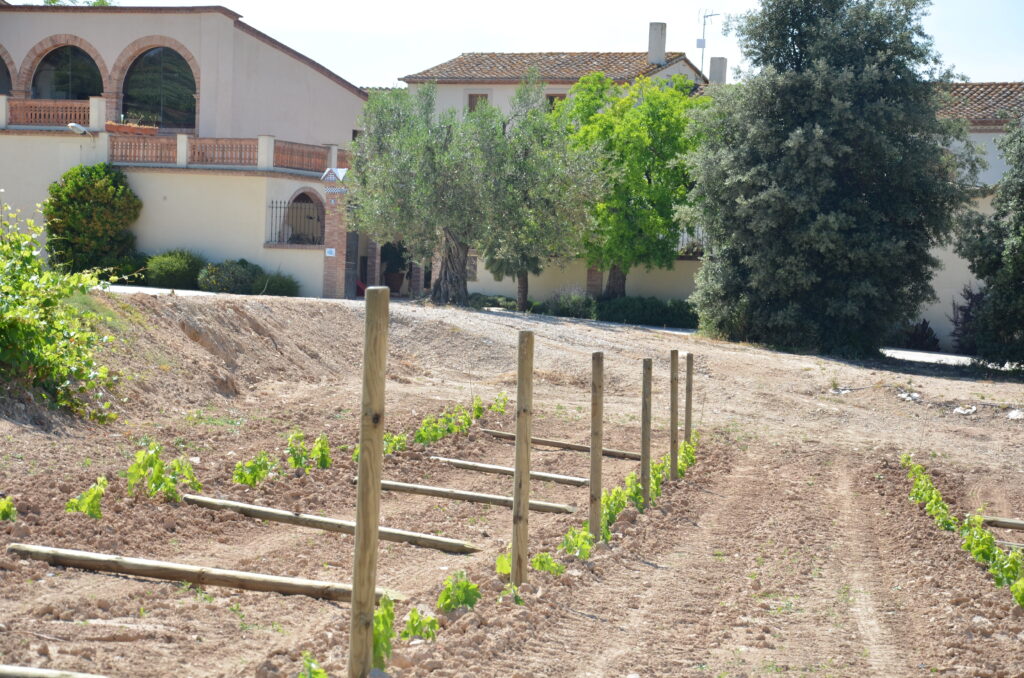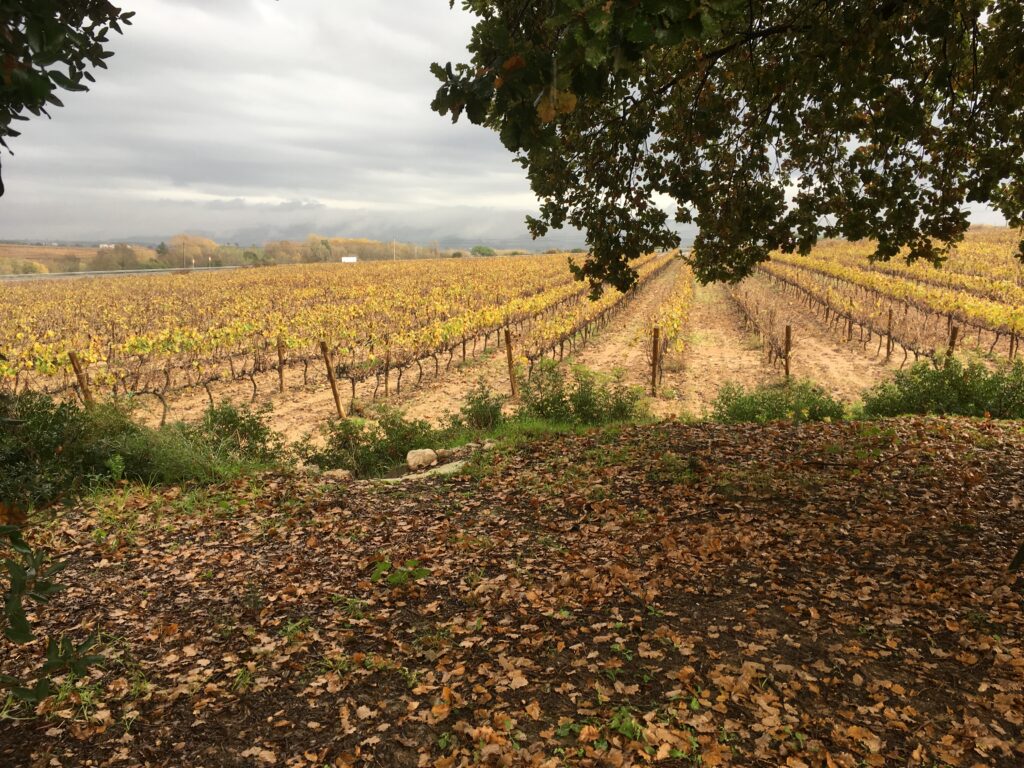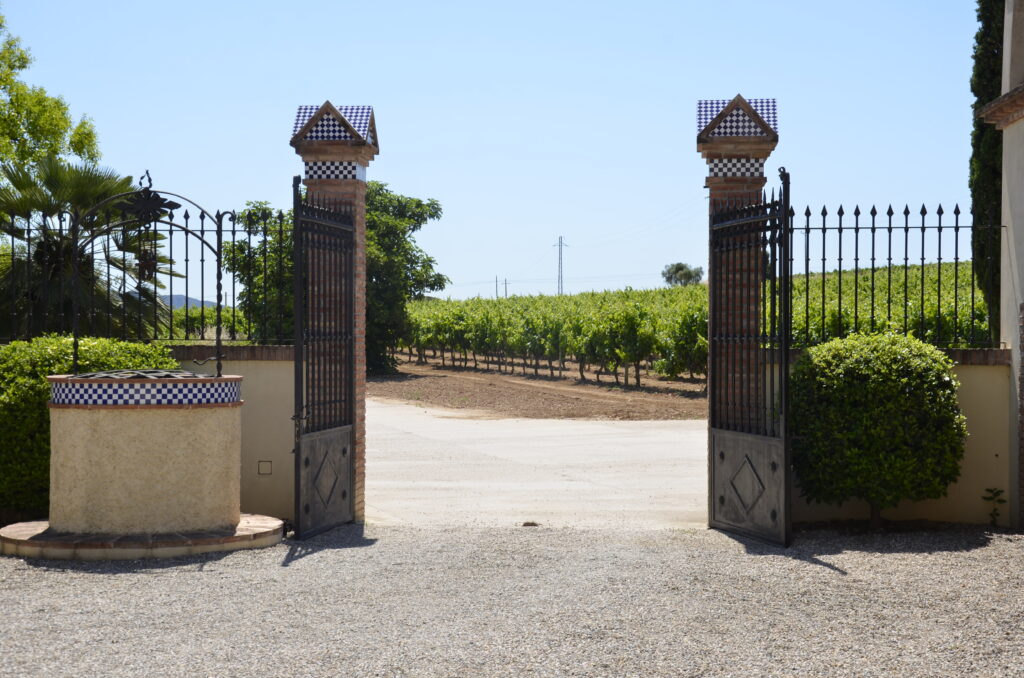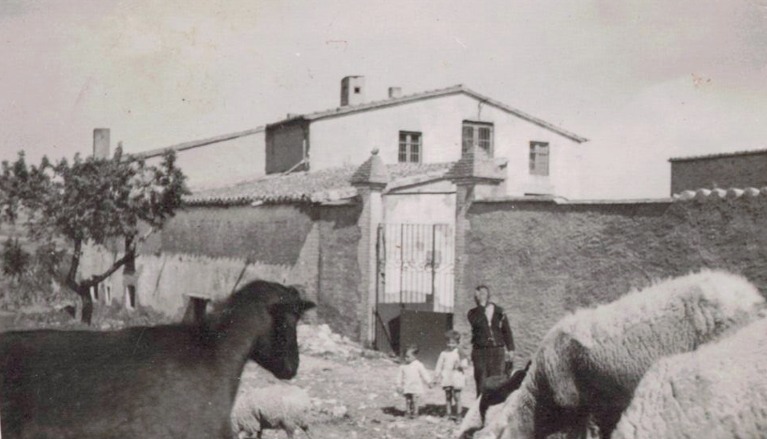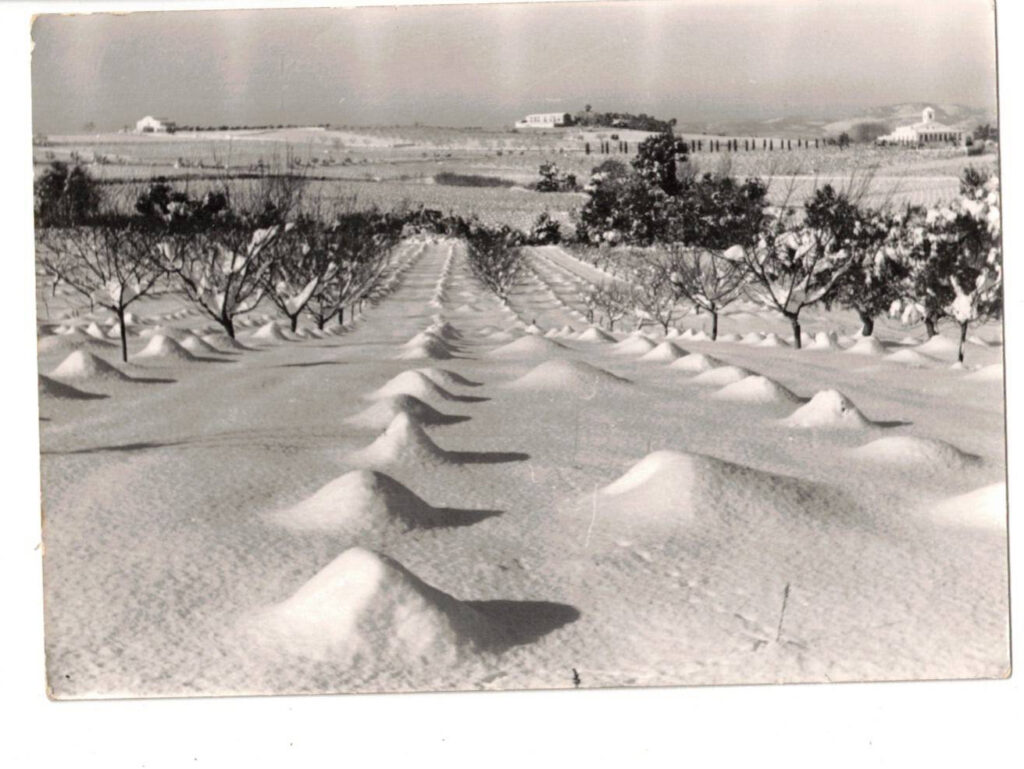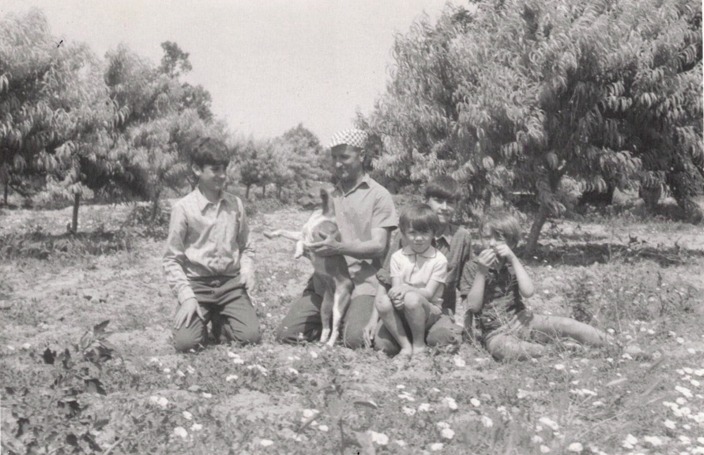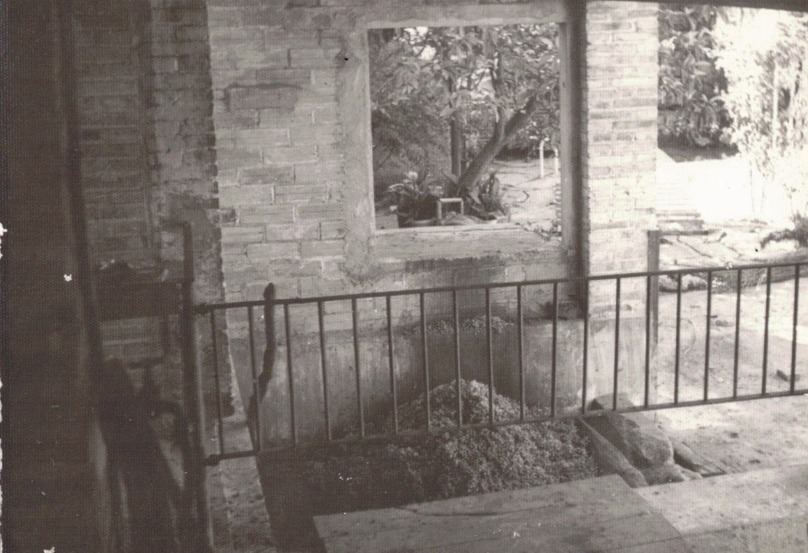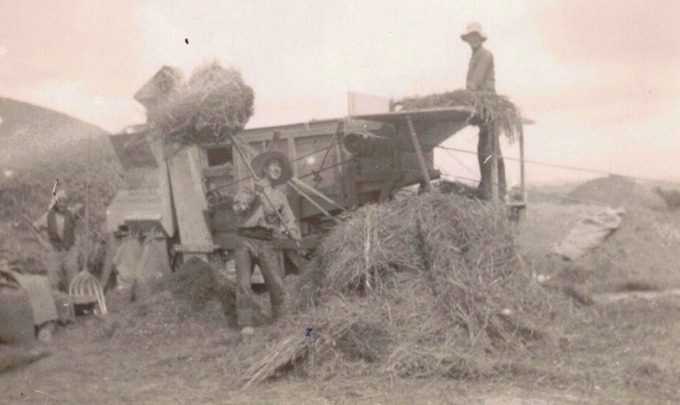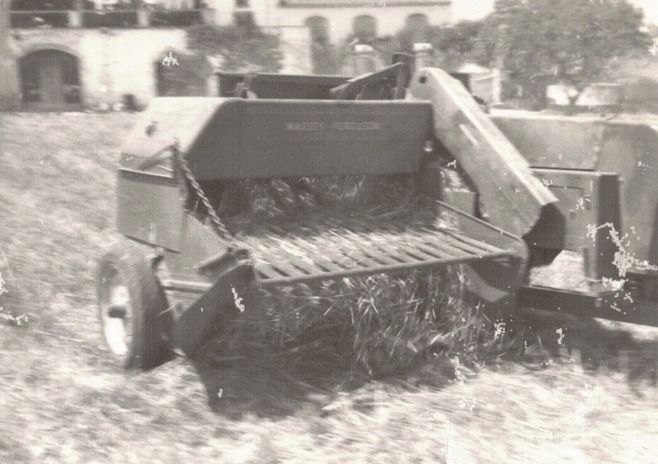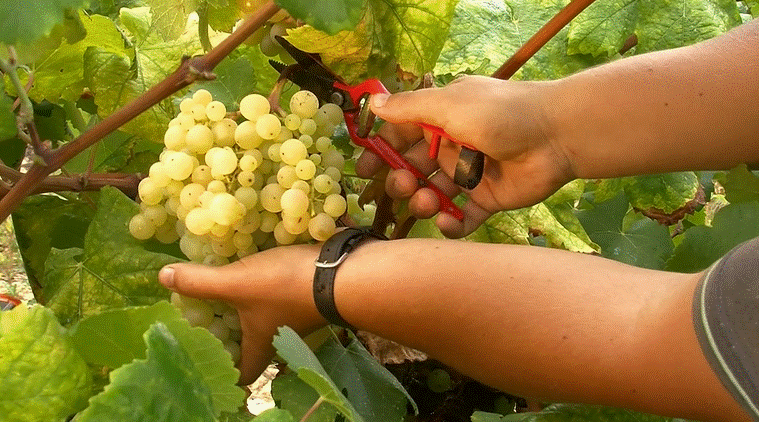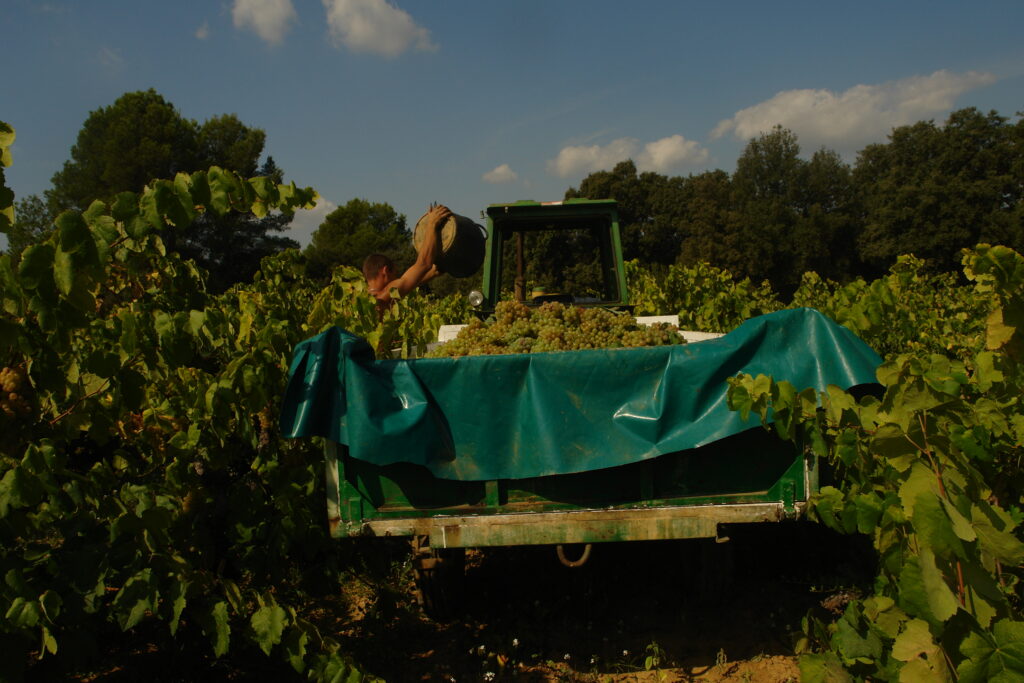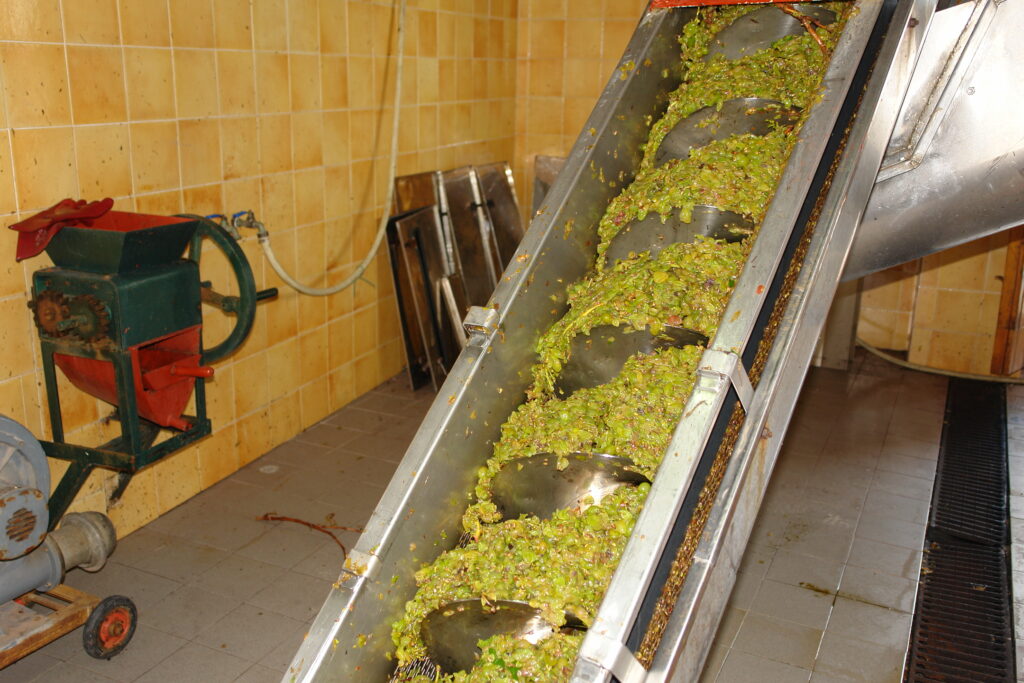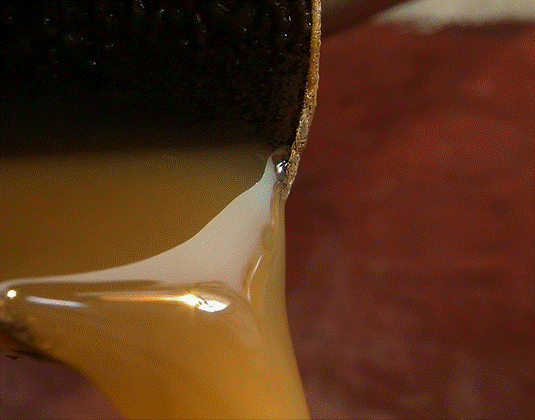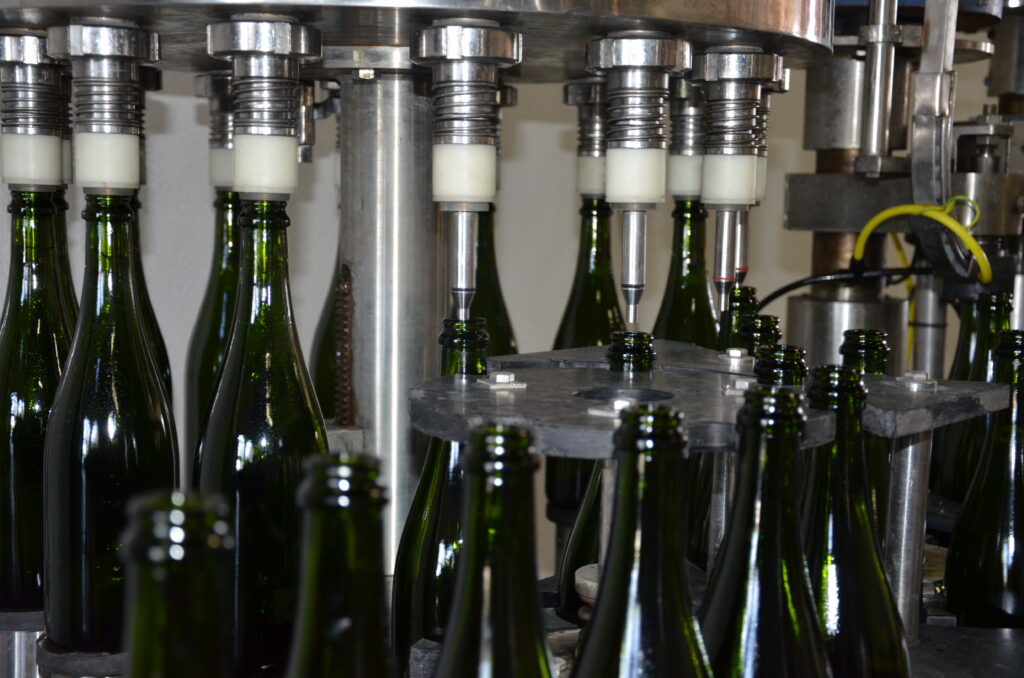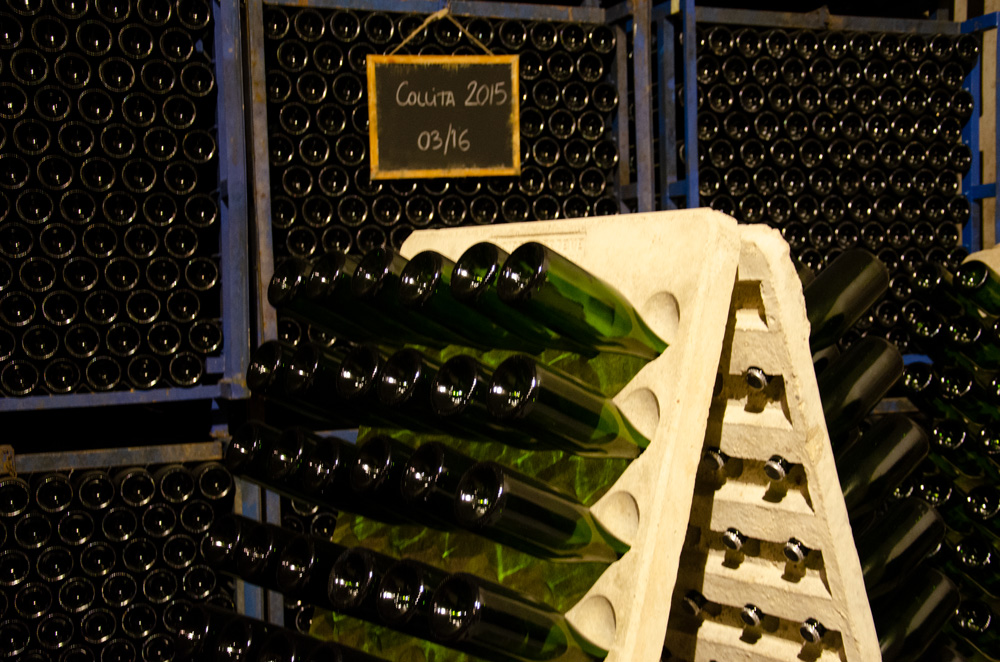Learn the story behind the project
What hides in each bottle?
State
Authentic Catalan farmhouse from the 17th century.
Baldús is a traditional Catalan farmhouse located in the heart of Penedés, which dates back to the 17th century; The estate covers more than 50 hectares. The composition of its soil and the gentle slope, from 210m to 240m, make it a particularly suitable area for vine cultivation, especially for the highly appreciated native varieties: xarel·lo, macabeu, and parellada.

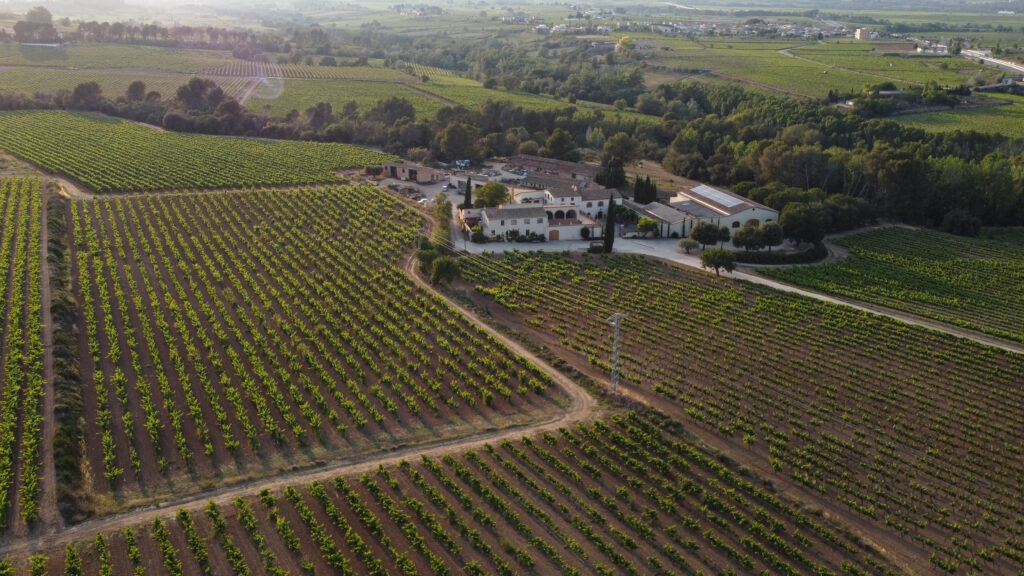
As an agricultural farm, it has always depended on its crops and vineyards, producing its own wine.
Since stones are not abundant in the area, the house is mostly constructed of clay, sand, straw and small stones with very thick walls that help protect it from cold winters and hot summers.
Despite the passage of time and the constant changes, the Estate has preserved its essence, as well as the people who live in it, adapting and evolving. Where the horses used to be sheltered, we now find the office and where before the chickens ran up and down, now we have the farm shop. Years ago, there had been many other crops such as olive trees, almond trees, fodders, fruit trees, cereals and orchards. Today you can see exclusively vineyard cultivation.
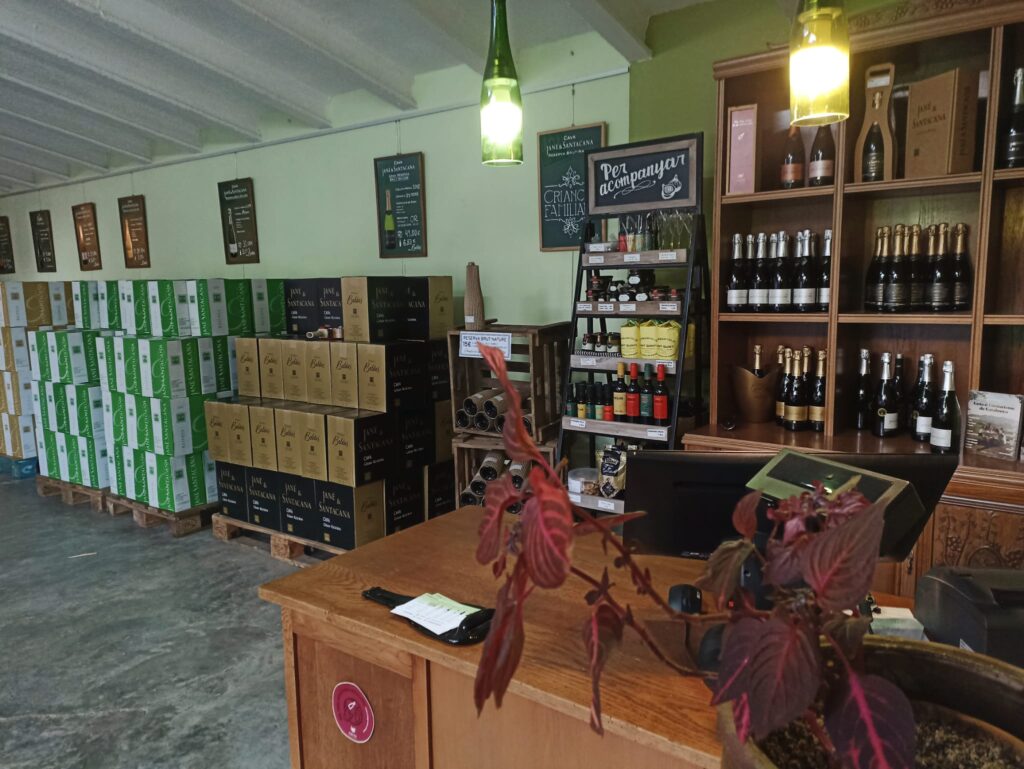
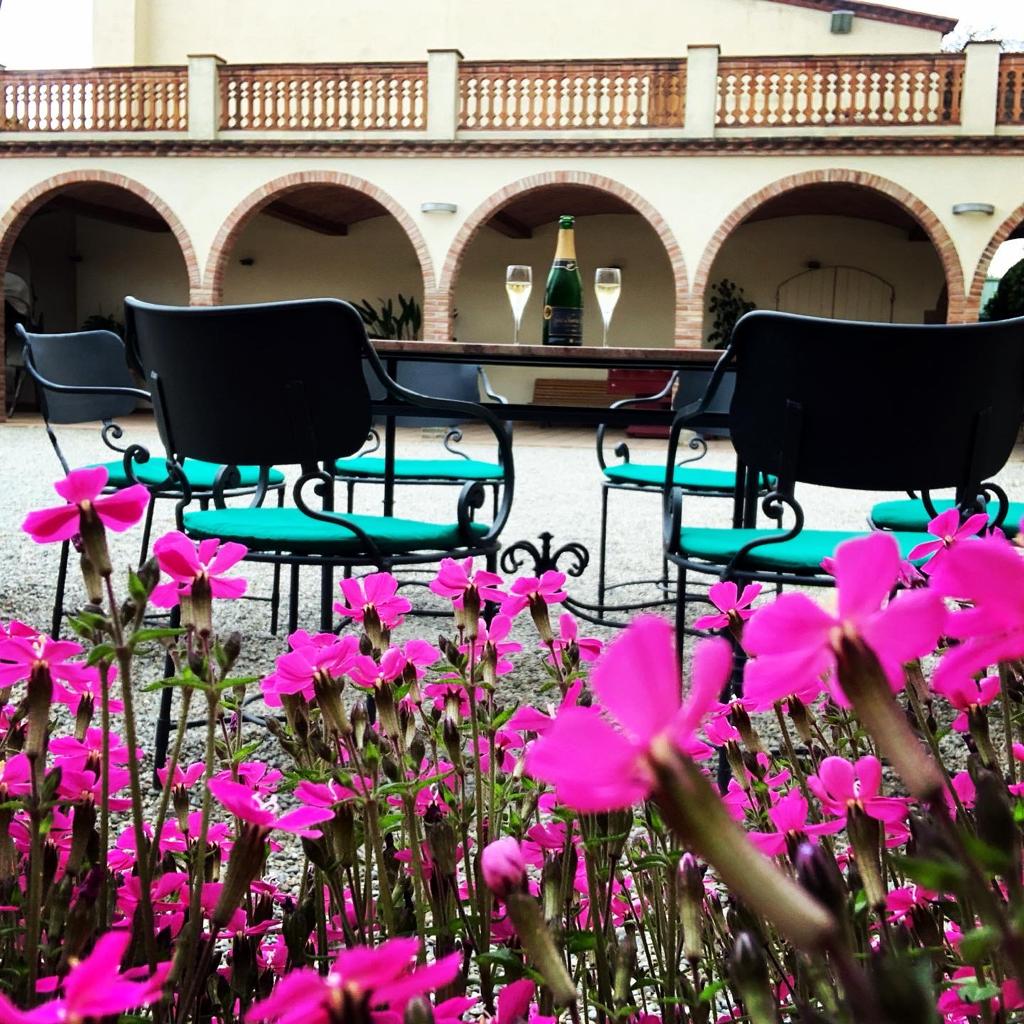
Just like many farmhouses in Penedès, Baldús has a “Baluarte”, which is a large courtyard in front of the house. In the past, on the sides, there were corrals, an area to store farm tools, grain, the cellar and the pantry, ensuring that everything was protected and closed. The well from which water was drawn for daily use is still preserved today. Currently, the baluarte is the meeting and reception point for our clients, family, friends, and it’s also the place where the Cava Bar service has been incorporated.
History
ELEVEN generations of winemaking tradition.
History
Our roots
The Baldús Estate has been the home of many generations, all rooted in agriculture. Around the year 1688, Josep Jané Mascaró married the heiress of Baldús, Maria Àngels Duran and from then until today there are 11 generations of Jané who have taken charge of this estate, loving and caring for this land that gives us so much.
All these generations have lived off the various crops they have grown on this site.
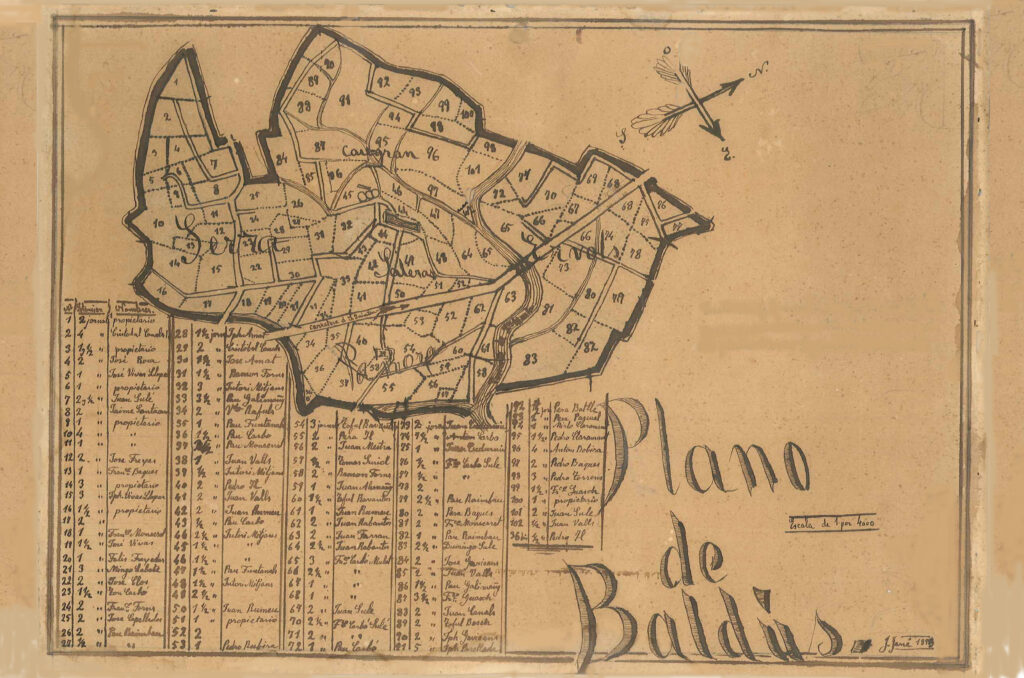
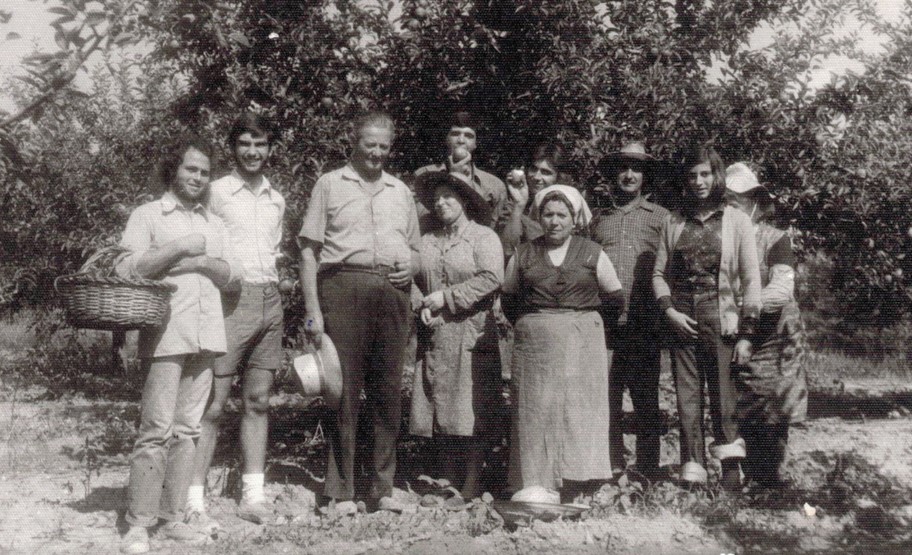
The grandfather, Josep Anton Jané Domingo, renovated the farm, transforming it primarily for the cultivation of cereals and vines, and produced his own wine, which he sold in bulk.
His son, Josep Anton Jané Santacana, is the one who immerses himself fully in the wine world, dedicating himself body and soul to the exclusive cultivation of vineyards, expanding the winery and producing different types of wines.
With the hope of being able to enjoy and share what this land offers us, in the mid-70s, he began bottling his own wine and raising his own cava. The first bottles hit the market under the name Familia Jané Solé and were sold to family and friends. The philosophy of this innovative farmer and producer was to be able to share what he did, offering an excellent quality-price ratio. The success of the result increases production and later the brand will be renamed José Jané Santacana. In 1985, we introduced a second brand, Baldús.
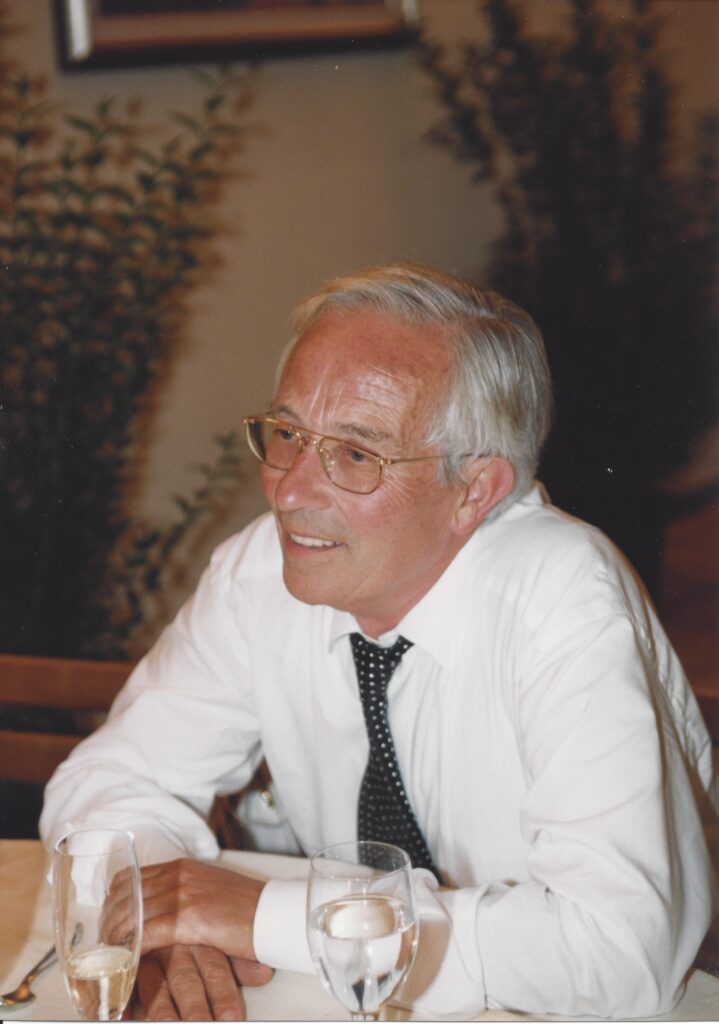
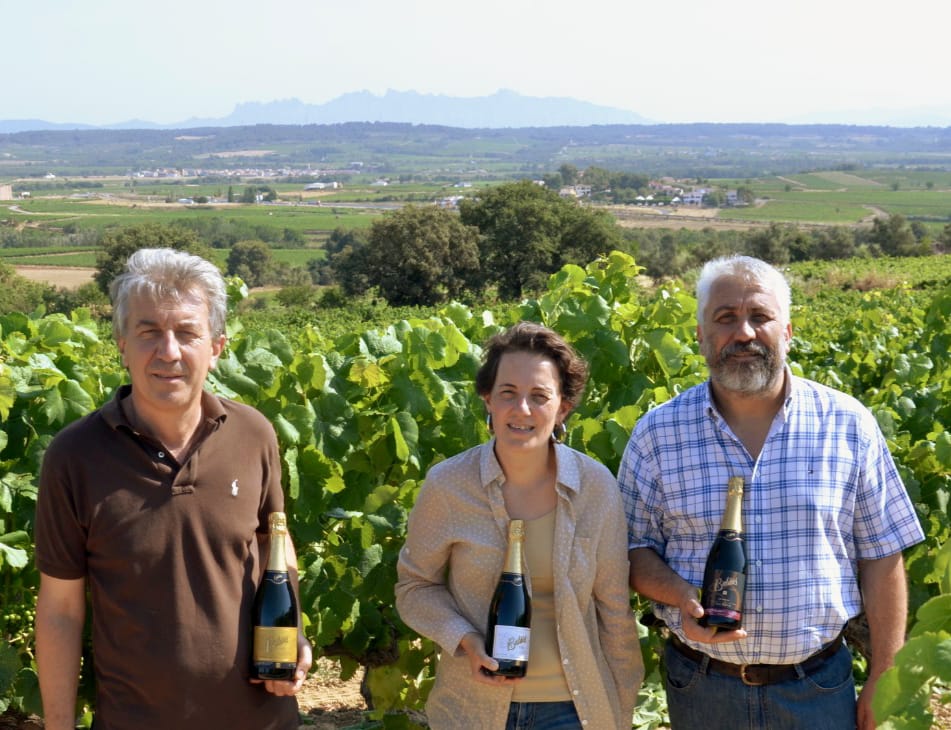
His wife, Maria Rosa Solé Jané, along with their children Xavier, Manel and Nati, have also dedicated themselves to cultivating these vineyards and making wines and cavas and give continuity to this company, preserving the essence and quality of its products.
Currently, Xavier Jané Solé is in charge of transmitting this passion to his sons Josep and Ramon, who will be the new generation that will take over this tradition.
Jané Santacana is defined around a historical and family heritage. The transmission of knowledge from past generations and the love and respect for the natural environment, which makes us proud to bottle this tradition today.
Winemaking
What makes the unique personality of each bottle?
Winemaking
Traditional method
From mid-August to the end of September, one of the most important moments of the year takes place, the grape harvest, where all our grape varieties: macabeu, xarel·lo, parellada and merlot, carefully tended throughout the year, are gathered.
During this process, Xavier Jané, the oenologist, must make crucial decisions to determine the characteristics and quality of the wine and cava he will produce.
One of these decisions is choosing the optimal moment to harvest the grapes, selecting the appropriate degree of ripeness, ensuring it reaches an exellent balance of acidity and sweetness for future conservation and double fermentation of what will become Cava.
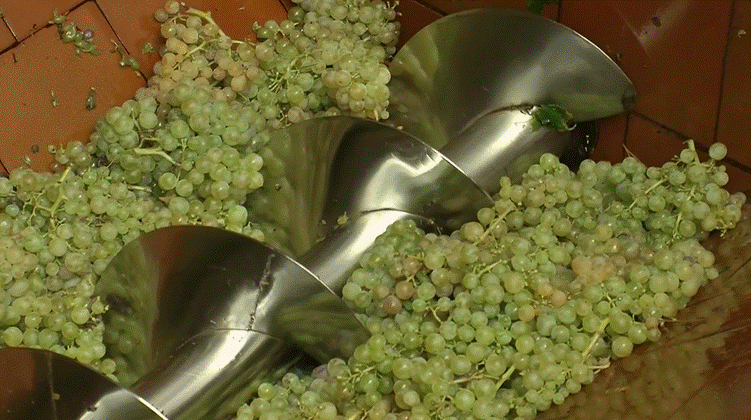
When the grapes enter the cellar, we perform a gentle first pressing to obtain high-quality free-run juice, which we use as the base for all of our wines and cavas.
This free-run juice rests in our tanks at low temperatures, allowing the oenologist to have better and rigorous control over this alcoholic fermentation process, to preserve its aromatic and gustatory essence.
Once the vinification process is complete, it’s time to make different “coupages” or blends of wines with various varieties, giving each product its first unique signature, ensuring quality and continuity year after year.
We will bottle these blended wines, placing them in the final container, the bottle. During bottling, the oenologist will add the liqueur de tirage (base wine, sugar, and yeast) to initiate the second fermentation. At this point, the added sugar will convert into alcohol, and the yeast will naturally generate carbon dioxide.
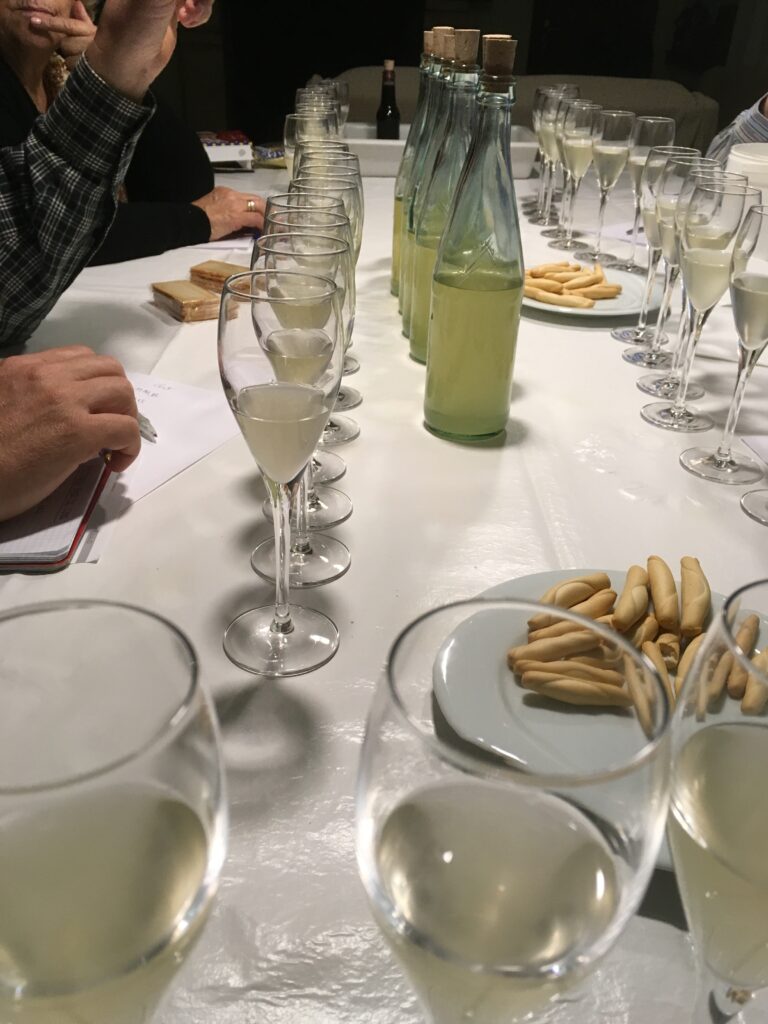
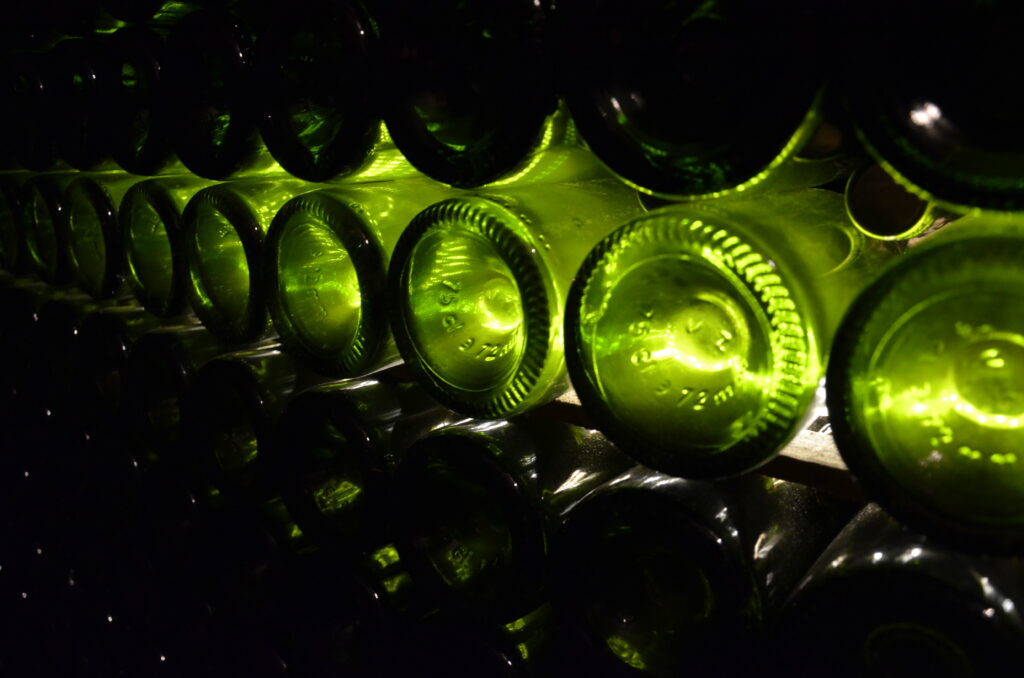
The bottles will rest horizontally, in “riddling” position, in a dark environment, at a constant temperatura between 11ºC to 15ºC, and with a level of humidity above 75%HR, thus beginning the aging period that allows Cava to remain in contact with the lees or yeast, contributing to its aromatic complexity and creamy final sensation.
When the oenologist deems the cava ready for consumption, he will conclude this aging process and perform the riddling, displacing the sediments left by the yeast to the bottle’s neck.
The disgorgement is the moment we will uncork the bottle, removing its sediments, and refill the bottle that has lost some liquid, adding what we call the dosage liqueur, which will determine the final type of Cava: Brut Nature, Brut, … Subsequently, we will cork with the stopper and wire cage, label it, and it’s ready to enter the market.
